Algae can be a problem in any aquarium. Blackbeard algae are one of the most difficult to deal with because it has a very strong hold on plants and rocks, making it hard to remove from your tank.
This article will help you to better understand what black beard algae is, how it affects fish and your aquarium environment, and how you can take care of it.
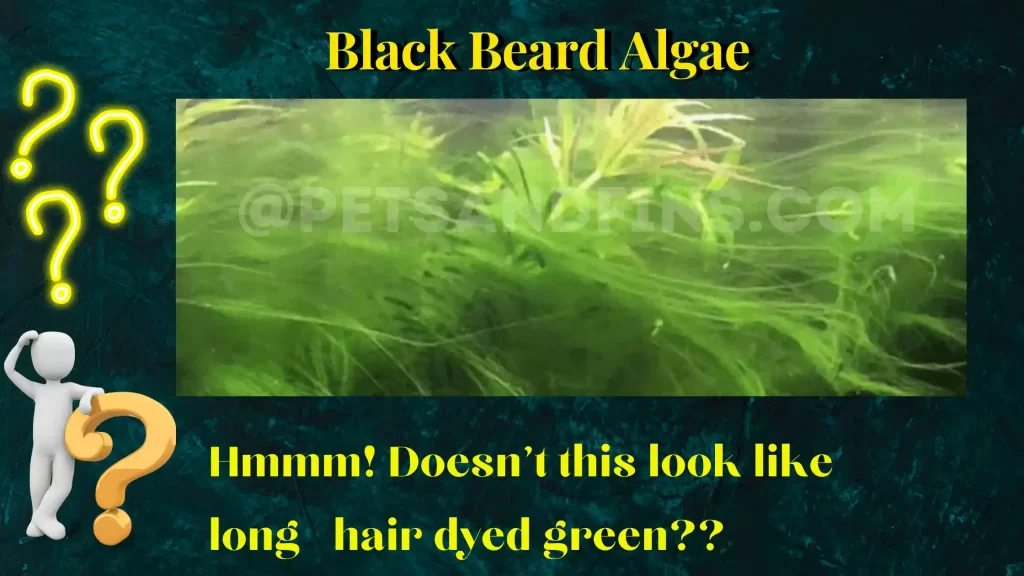
About:
Blackbeard algae also known as black Algae, brush algae, or BBA is technically known as Audouinella and contrary to the word black belongs to the red algae family.
Phycologists who study algae have identified about 37,000 species of algae and continue to identify many more.
They are classified into three main types which are brown algae, (also known as kelp), green algae, and red algae. These red algae are known to attach themselves to other plants.
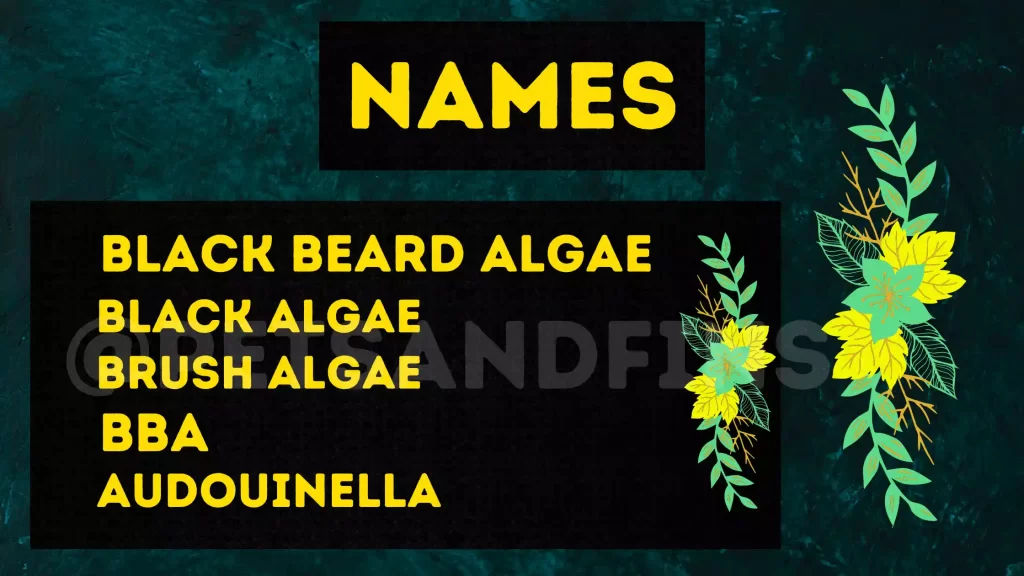
Did you know that algae are not classified under plants and fall under a separate category called the protist? However, algae behave like plants by indulging in photosynthesis.
Going back to Blackbeard algae, they possess pigments that give them their colors. These pigments are called Phycobilins.

Blackbeard algae can be found in a variety of colors like dark green, deep black, or even a brownish-grey. These algae can almost grow on anything that is there in your aquarium.
For example, you can find them growing on your Anubias or Java fern leaves or even the driftwood.
Blackbeard Algae and Staghorn Algae:
Before you start treatment, it is important that you distinguish Blackbeard algae from Staghorn algae. These algae are not the same. Blackbeard algae can grow almost everywhere including on the leaves of your plants, on rocks, or even your driftwood.
Blackbeard algae start by growing on the edges and then expanding to cover the entire space. Blackbeard algae grow like a tuft which is thick whereas Staghorn Algae looks like a few thin spider tentacles put together.

While fully grown Blackbeard algae looks like a wig, Staghorn algae may look like a bunch of long thin thread strands. Black beard algae can be reddish or black in color and appear like small growth of moss.
Usually, you should look for it at the edges of weaker leaves on the plants or on drift wood or rocks. Here is a picture distinguishing the two.
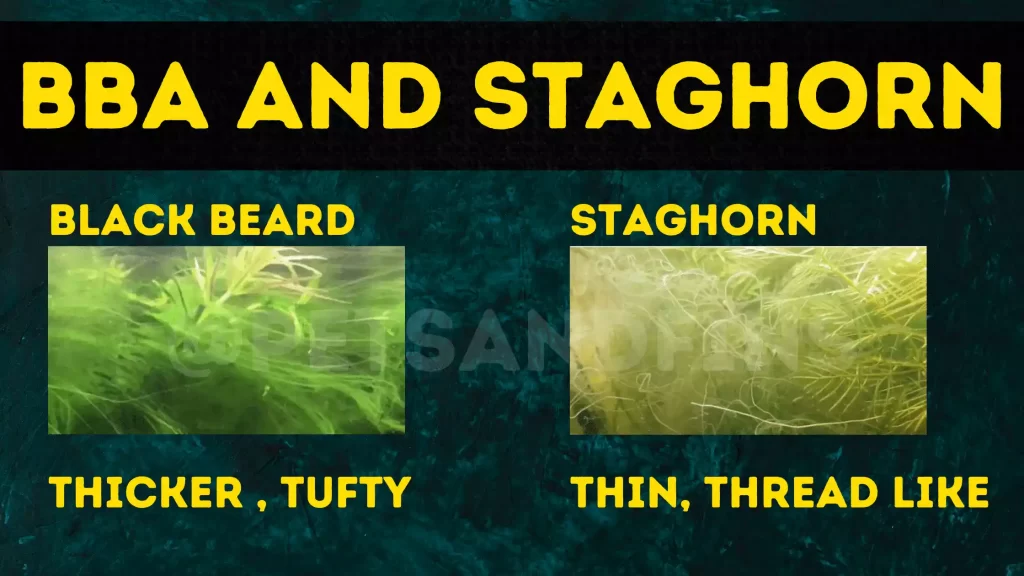
Now, let us look at the effect of black beard algae in your aquarium. Since the algae begins to grow on the edge of the leaves of your plants and covers them completely it prevents them from indulging in photosynthesis and gathering nutrients.
Finally, the plant dies due to a lack of nutrition. As far as fish are concerned, the algae by killing the plants affects the entire PH cycle because the plants fail to absorb the carbon dioxide in the tank and produce oxygen which is needed by the fish.

Blackbeard algae is fast-growing and are very difficult to remove. Hence the earlier you remove it the better. Black beard Algae can become a disaster for your aquarium if it is allowed to go unchecked.
It begins growing slowly but steadily and soon starts covering every inch of free space in your tank.
The reason why this alga thrives so well is that they attach themselves to hard surfaces or plants that stick out from your substrate, giving them an easy foothold into your aquarium environment.


Causes:
Let us look at the causes which lead to the growth of Blackbeard algae in your aquarium because it is always said that prevention is better than cure.
The first cause is poor plant health. When your plant has poor nutrition and fails to resist external growth on it, it becomes easy for the Blackbeard algae to settle comfortably on your plants.

The next cause is excessive lighting. Blackbeard algae are prone to grow where there is excess light because it helps them in their photosynthesis. So, when there is excess lighting, naturally the black beard algae begin propagating and thriving.
Another cause for Blackbeard algae to grow is low CO2 or fluctuating CO2. This is because when there is low CO2 or fluctuating CO2 your aquarium plants become weak and thus a convenient platform for the Blackbeard algae to grow.
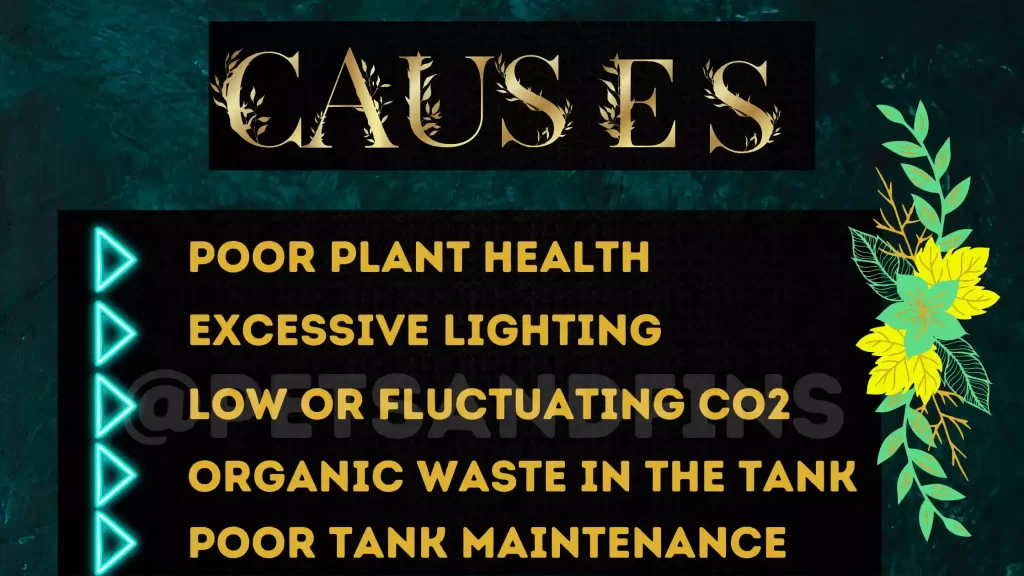
Another common cause is the high amount of organic waste or dirt in the tank caused due to the excess feeding of fish in turn leading to an excessive discharge of waste.
This dirt is then unable to flow out of the tank and instead accumulates on top of your substrate.
Poor water circulation is another cause for Blackbeard Algae to thrive. This is because poor water circulation is a conducive environment for the algae to reproduce and grow.

Poor maintenance of your aquarium could also be another cause. The gathering of dirt in the aquarium equipment and filters could also lead to the formation of Blackbeard algae in your aquarium.
If your water has been treated excessively before it goes into your aquarium, its lack of nutrients may affect the plant growth and thus helps the Blackbeard algae to grow.

It is always good to have a few Blackbeard algae eaters so that the tank is always clean. So, make sure you quarantine your new plants before introducing it into your aquarium.
Having said this let us look at the different methods of handling Blackbeard algae in your tank. The first thing is early identification of the algae in your aquarium.
Treatment:
Now let us look at some treatments which can deal with the black beard algae problem easily.
The first thing that you would want to do is look at the area which has been covered by the Blackbeard algae and see if it is feasible to remove it if it is a piece of drift wood or a rock. In the event it is a plant, then if it is a leaf, it would be best if you could take off the leaf.

You will also look at checking your CO2 levels and ensuring that there is no fluctuation or that there is adequate level of CO2 in the aquarium.
Adding some more live plants would be beneficial at this juncture. Liquid carbon is also suggested at this point of time. You will greatly benefit from CO2 testing kit to understand the levels of CO2 and fluctuations if any.
Pro Tip: Many people suggest addition of mineral supplements for plants so that the plants become stronger.
However, it is important that you do not provide your black beard algae with a growing medium and you ensure to check the contents of your minerals to avoid any PO4 (phosphates).
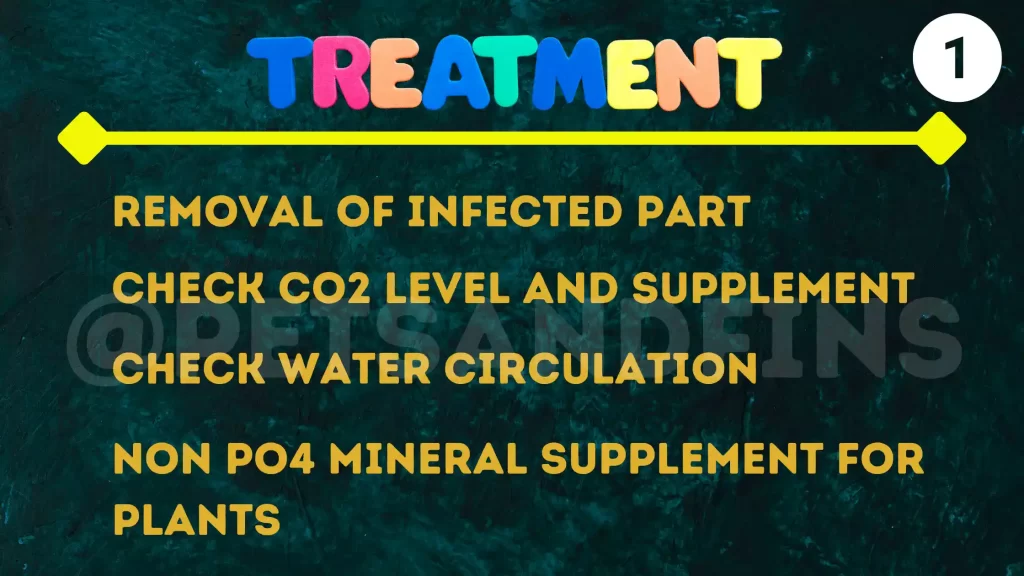
It will be wise check your water circulation in the aquarium and see if the filters are working properly and the water is getting circulated properly.
It could be so that the media in your filters require cleaning. In that event, thorough washing of your filter would be a very good thing to do.
If your water filters are inadequate for the size of your tank, then it would be ideal for you to look at having a canister to support the cleaning system of your tank. This will also be beneficial in terms of maintaining pH.

At this juncture, it would be good if you look at using a gravel cleaner and regularly vacuum your substrate/gravel to ensure that the dirt which has settled inside your substrate is removed.
Do this as often as you can to ensure that the Blackbeard algae do not get any nutrition.
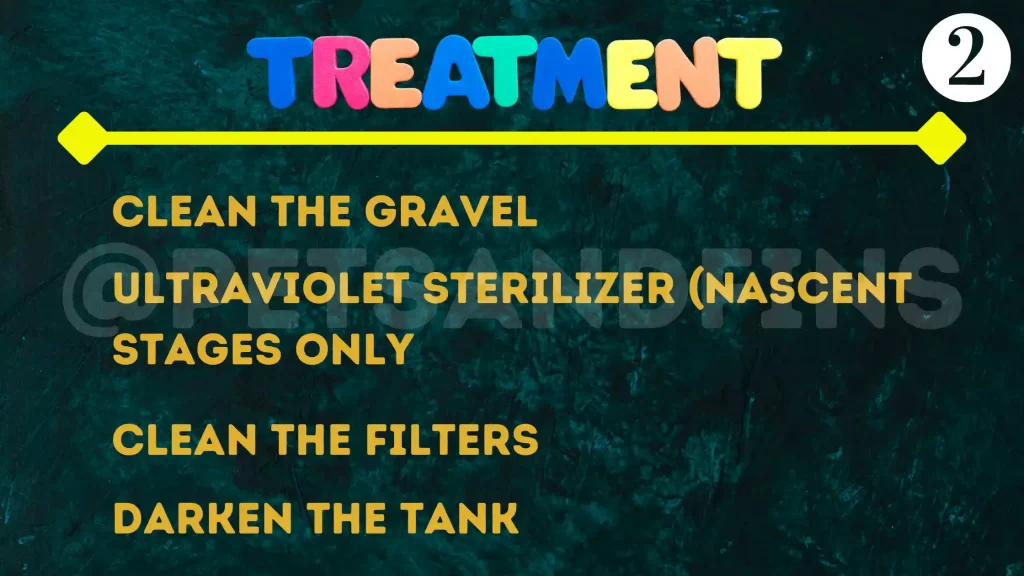
If your Blackbeard algae are still in the nascent stage and haven’t grown too long which is technically called blooming, you can use an ultraviolet sterilizer to get rid of the Blackbeard algae. However, this will not work in the event the algae have grown into huge tufts.
Next, you will want to look at your water because these water conditioners contain PO4 in them. So, you should stop adding any water conditioner and check your PO4 levels if you can.
Phosphate test kits are available to check your phosphate levels. You need not buy this and keep it unless you are looking at handling Blackbeard Algae in your tank.

If your phosphate levels are high then you would want to add floating plants that tend to absorb the phosphates in your tank.
Another way of handling PO4 is to see that your canister if any or your filter has carbon media with phosphate absorption. You will need the help of your local aquarium store for this purpose.
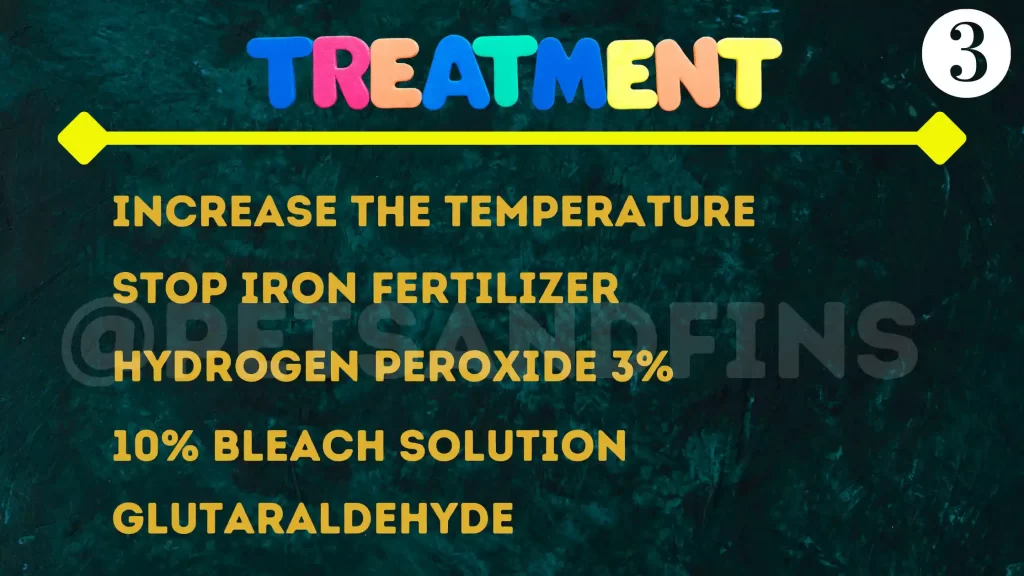
Now you will also look at the lighting of your tank and as to how long your lights in your aquarium are on and also if your aquarium is near a window or getting a lot of Sunlight.
You will have to ensure that you block the sunlight and ensure that you keep your tank dark for about three days and not switch on the lights at all.
Pro tip: you can also use a thick cloth to cover the tank and make it dark. You might wonder what may happen to your aquarium plants since they need light.
However, your aquarium plants do have some amount of stored energy with which they can survive. Further, the black beard algae would have anyways covered your plant in such a way that the absorption of sunlight is prevented.
So, in any event your plant would not be able to absorb any light.
Water change with RO water (reverse osmosis) will help bring down the nutrition level in the water and stop the nutrition flow to the Blackbeard algae thus bringing down the speed at which the algae is growing.
Blackbeard algae cannot withstand an increase in temperature. Make sure that You do not increase the temperature too much so as to kill your fish.
Even the increase in temperature must be a gradual and phased increase and not a sudden temperature change.
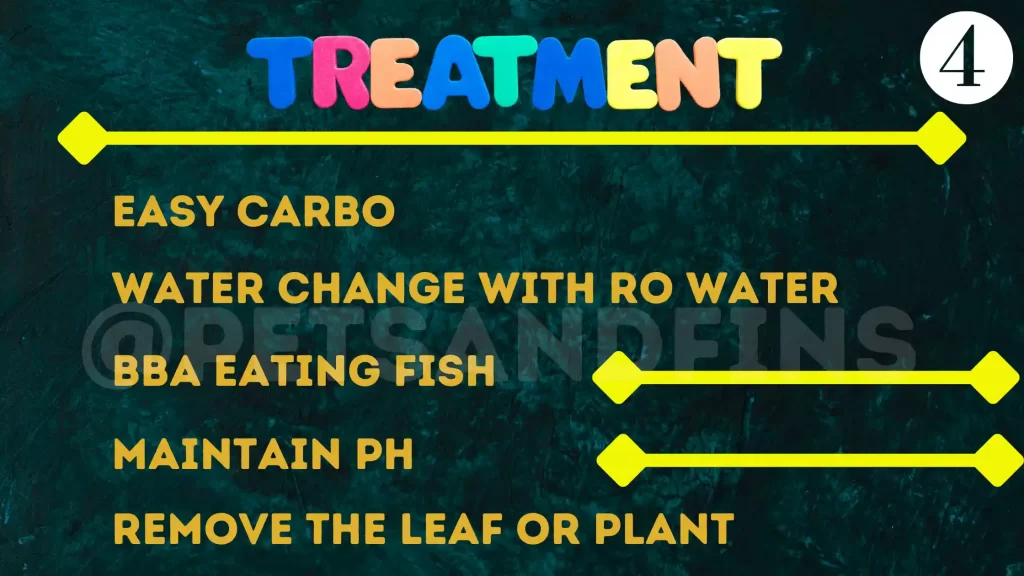
If you are using an iron fertilizer it is high time you stop using one until the black beard algae are cleared in your aquarium. It is important to stop the iron fertilizer so that the Blackbeard does not derive its nutrients from it.
Pro tip: ensure that you do all of this parallelly so that together these factors ensure the treatment of your Blackbeard algae. It is always better to use all the aforesaid methods before trying the addition of chemicals into your aquarium.
Pro Tip: A hydrogen Peroxide 3% solution is also something you can try before looking at any stronger chemicals.
Another method is using a 10% bleach solution. This is usually in places where it is required and is known as spot dosing or fogging. Several products are readily available which will help you with the manufacturer’s instructions on usage.
A tested method of treating BBA is using glutaraldehyde. A famous brand selling this is Seachem and is called seachem flourish excel.
This is because it is a tried and tested product in the market. It is also easy to use because the instructions are provided by the manufacturer.
Pro Tip: remember you need to pull out your plant or whatever is affected by the Blackbeard algae and place it into a separate container before adding this chemical.
Do not add it directly to your entire aquarium. If your plants are deep-rooted in your substrate, you will have to isolate your fish from the tank and then treat the plants, post which you can do a complete water change before letting your fish back in.
You can use a dropper to specifically target certain key areas so that it is handled better.
Another available product is called easy carbo. This is one product that can be used in your aquarium by calculating the amount of liquid as per the quantity of water in your aquarium.
Pro Tip: Use this as a last resort because this is an additive into your aquarium with the fish in it.
Blackbeard algae are very difficult to handle because of their capacity to separate carbon from hydrogen carbonate ions and absorb the hydrogen and increasing the pH in the aquarium.
In turn, the calcium content in the aquarium becomes higher and the Blackbeard algae become tougher for the algae eaters to eat and digest. So regular water changes can help handle the pH change as well as keep your aquarium cleaner.
Last but not least here is an inexhaustible list of fish that can eat Blackbeard Algae and help your tank stay Algae-free.
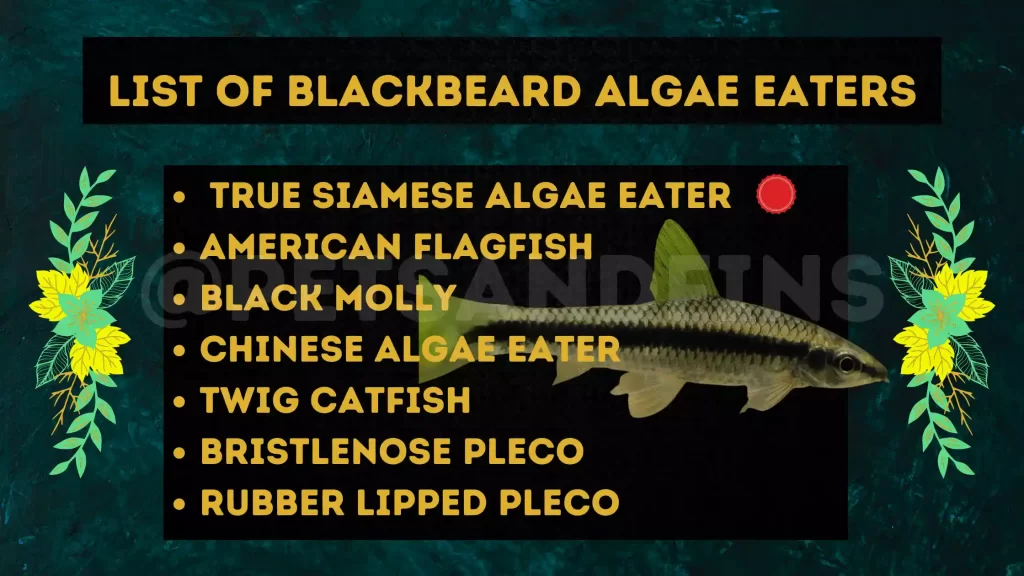
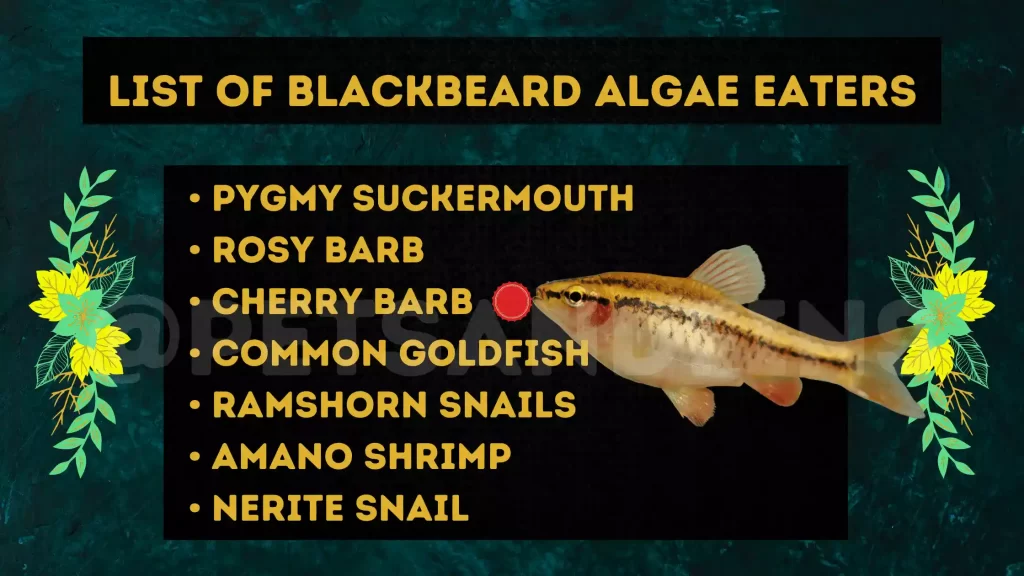
Tips:
Here are a few other tips to keep your tank algae free:
Quarantine the new fish that you bring in which is always very important to do and also ensure that you do not add the water that you brought from outside along with your fish.
Clean your plants with hydrogen Peroxide before introducing them into your tank. Make sure you check your plans before you buy them and be sure about the place from where you buy them.
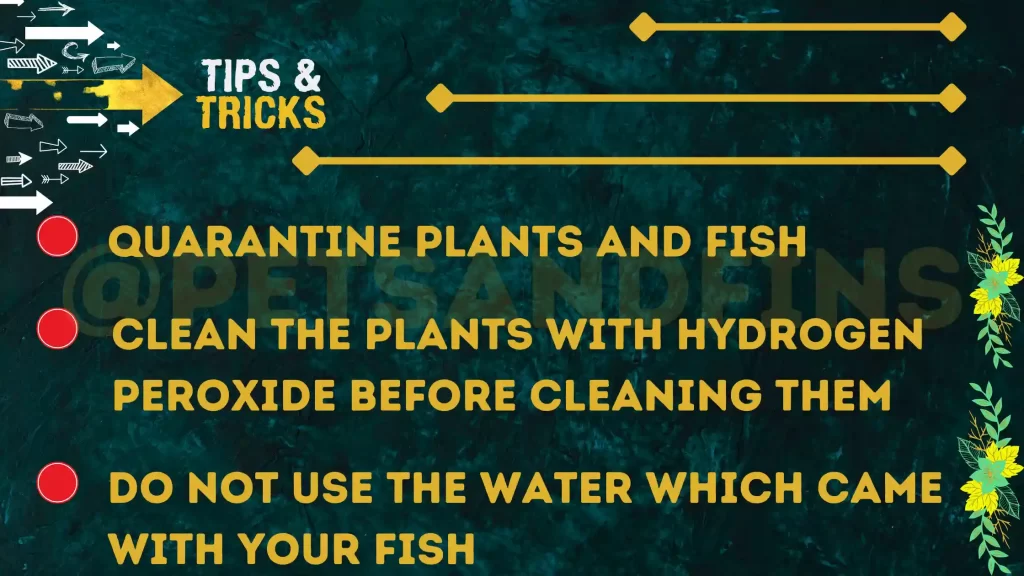
Wrapping Up:
Well, all these tips should go a long way in helping you fight back against growing black beard algae.
Blackbeard algae are definitely one of the most difficult types of algae to handle. However, it is not an impossibility.
With all the steps taken correctly, black beard algae can definitely be eradicated in your tank and you can have healthy plants and healthy fish with stable pH levels.
One thing that ought to be said before closing is how you should identify the disappearance of Blackbeard algae from your tank.
If there are any algae stuck to any part of your tank then the algae are still alive. The first thing that happens when the Blackbeard Algae dies, is it detaches itself from whatever it is attached to.
Related Questions:
How do Blackbeard algae affect your fish?
Plants perform a very important function in your aquarium by absorbing the carbon dioxide in your tank.
When the plants are attacked by the Blackbeard algae, it forces the plants to stop photosynthesizing because the leaves are covered by the black beard algae.
This in turn increases the carbonic acid in the aquarium thus altering the pH level which may cause the fish to die.

